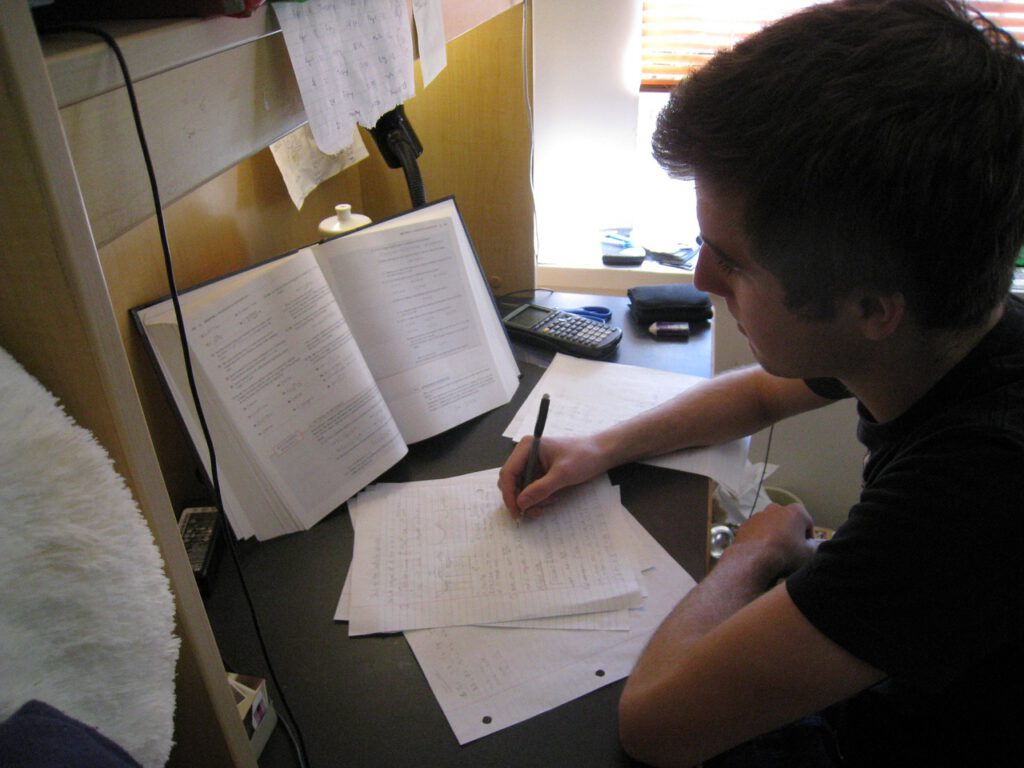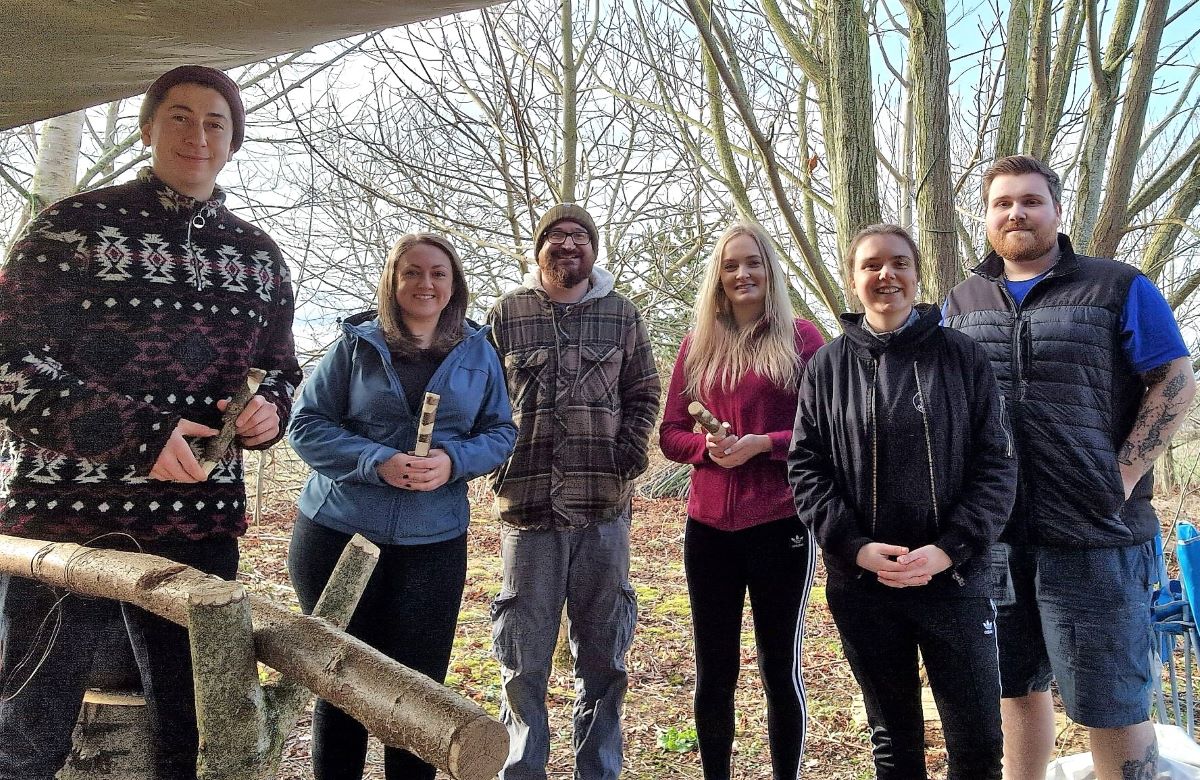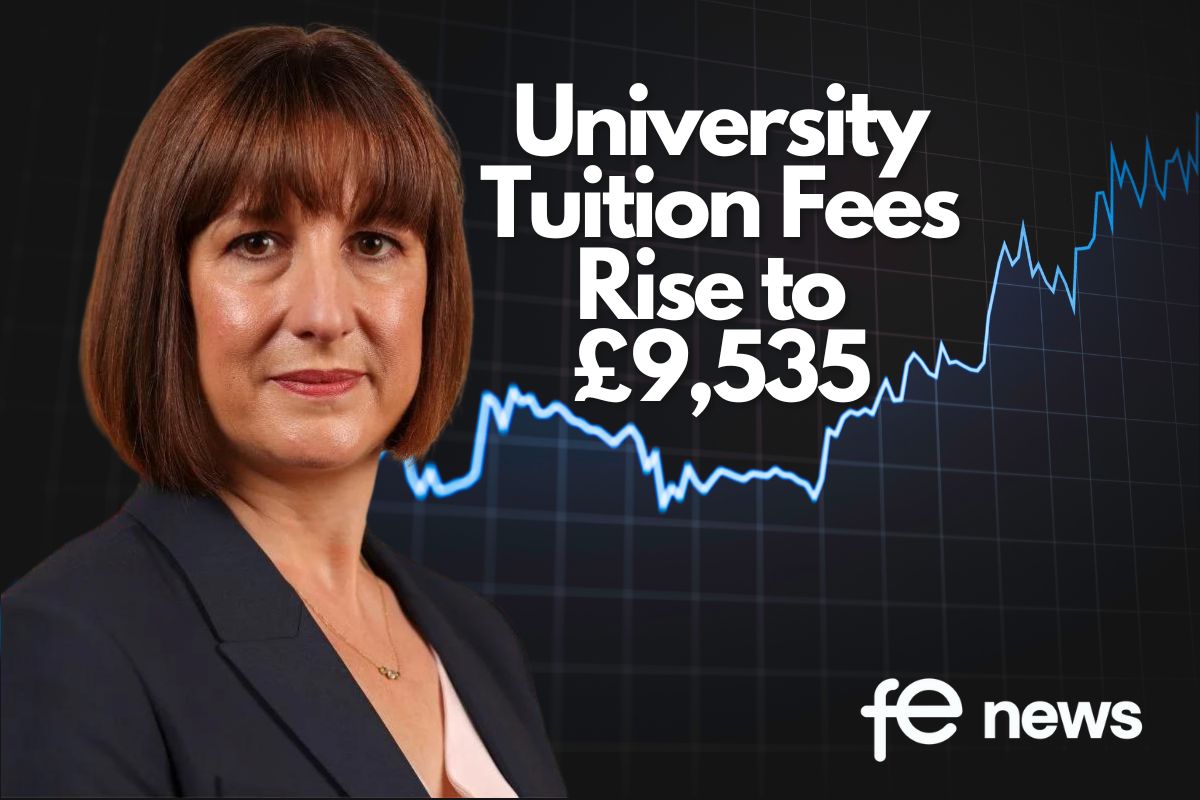Independent school pupils twice as likely to get online lessons every day

A third of pupils are taking part in online lessons while schools are closed, but independent school pupils are twice as likely as state school pupils to take part in lessons every day. This is according to new research from the Sutton Trust that looks at the impact of school closures on state schools compared to independent schools.
A total of 6,500 teachers were surveyed through Teacher Tapp to find out how much schools are supporting their pupils, along with 1,508 parents surveyed by Public First to explore learning in the home. The polling found over half of students in independent primaries (51%) and secondaries (57%) take part in online lessons every day. This is two and half times as often as their state school contemporaries (19% and 22%).
This gap in provision is explained largely by access to resources. Independent schools as well as state schools in more affluent areas are more likely to have existing online platforms that allow them to broadcast classes online, or receive work submitted by a class. When schools shut down on the 23rd March, three-fifths (60%) of teachers in independent schools and over a third (37%) of those in state schools in the most affluent areas had access to a platform to receive work, compared to under a quarter (23%) of those in the most deprived schools.
Teachers in more deprived schools report that their students don’t have access to tablets or laptops or adequate internet access. In the most deprived state schools, 15% of teachers say that more than a third of their students learning from home do not have adequate access to an electronic device.
Education Secretary announces that vulnerable and disadvantaged young people across the country will receive free laptops: New major package to support online learning Disadvantaged children across England are set to receive laptops and tablets as part… https://t.co/BWpllMRWwn pic.twitter.com/n2CwUW0LBV
— FE News – The #FutureofEducation News Channel (@FENews) April 20, 2020
These inequalities in school provision and the home environment are having an effect on the quantity and quality of work being produced by pupils. 50% of teachers in independent schools report they’re receiving more than three quarters of work back. This compares with 27% in the most advantaged state schools, and only 8% in the least advantaged state schools.
Today’s research highlights how schools with different levels of affluence face different challenges during the crisis. It comes after the government announced a package of measures to ensure all pupils can access learning remotely, including through access to devices and Oak National Academy, an online classroom that provides video lessons and resources for pupils from reception to year 10.
To provide additional support to disadvantaged pupils, the Sutton Trust is recommending that high-quality online tuition is available for disadvantaged pupils, funded through a voucher scheme or through a network of quality-assured tutoring providers.
The Education Endowment Foundation, the Sutton Trust’s sister charity, will be providing direct support for schools through guidance and resources.
Sir Peter Lampl, founder and chairman of the Sutton Trust and chairman of the Education Endowment Foundation, said:
“Despite the heroic efforts of teachers working in very difficult circumstances, pupils from poorer homes face a double disadvantage. They have insufficient resources at home to support their learning and they are less likely to be able to access online classes.
“The widening of the attainment gap over these next few months threatens to have negative implications for years to come. It is crucial we do all we can to address inequalities through high quality tuition and access to technology.”
Rebecca Long-Bailey MP, Labour’s Shadow Education Secretary, said:
“This study confirms our concerns that school closures without adequate support to parents and families will only widen inequality between children further still.
“It is imperative that the government ensures those disadvantaged year 10s and vulnerable pupils who are eligible for a free device to access online materials receive them urgently.
“And the scheme must be expanded so that the one million children who do not have access to a device or connectivity at home are not left behind.”
The Trust has recently released a research brief looking at the possible impacts of the Covid-19 crisis on social mobility.
Methodology: Teacher Tapp surveyed up to 6,500 teachers in schools across England in March and April 2020, before and after the school shutdown. Teacher Tapp asks questions to teachers every day, and not all teachers choose to respond each day. Survey response are weighted to represent the national teaching population, according to school funding, phase and region, along with teacher age, gender and level of seniority.
Public First surveyed 1508 UK adults with children aged 2-18, from 1st – 3rd April 2020. Those with multiple children were asked to answer questions about both their youngest and oldest. Results are weighted to Nationally Representative proportions on the basis of gender, social grade and region. Public First is a member of the BPC and abides by its rules.











Responses